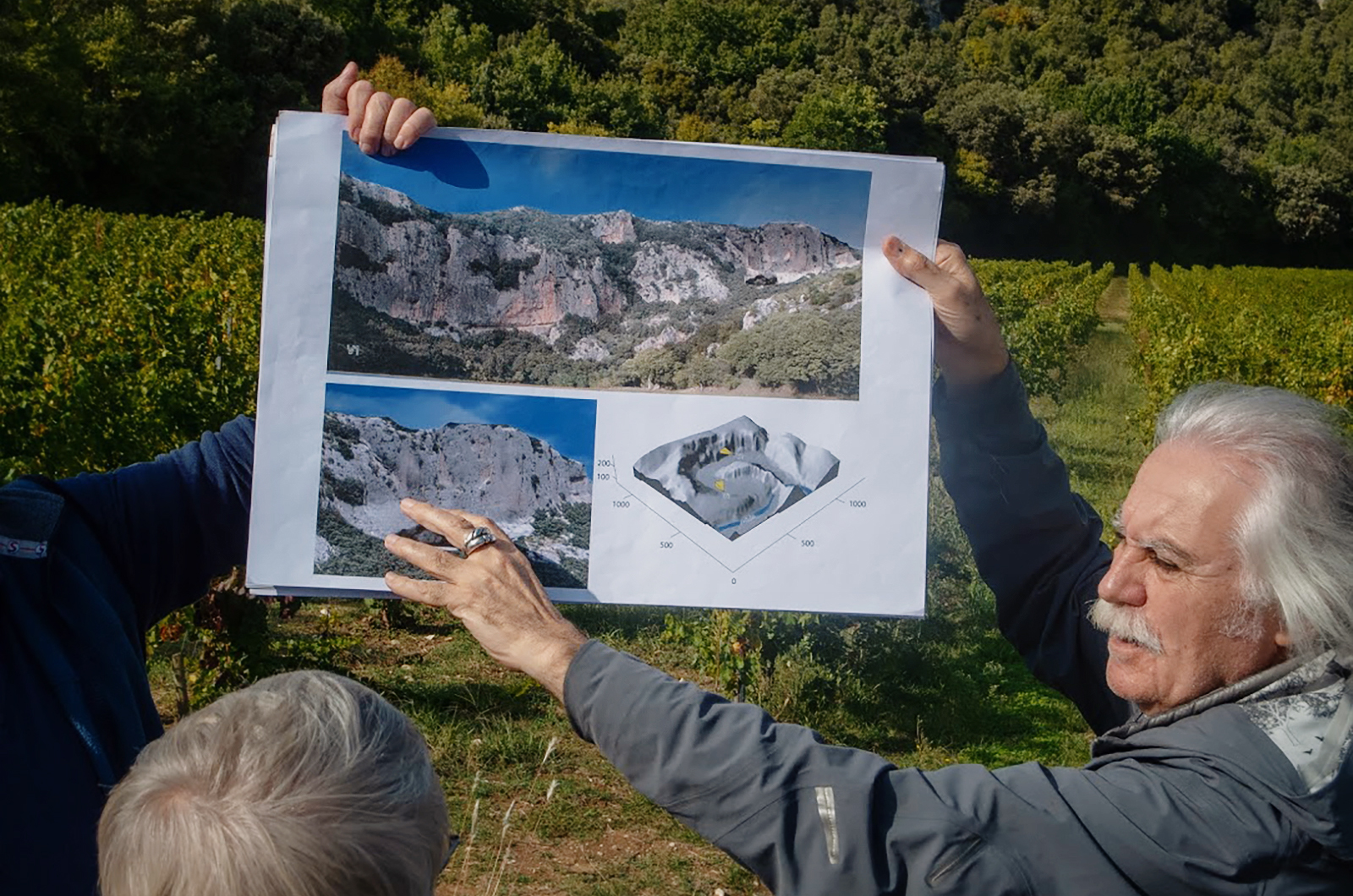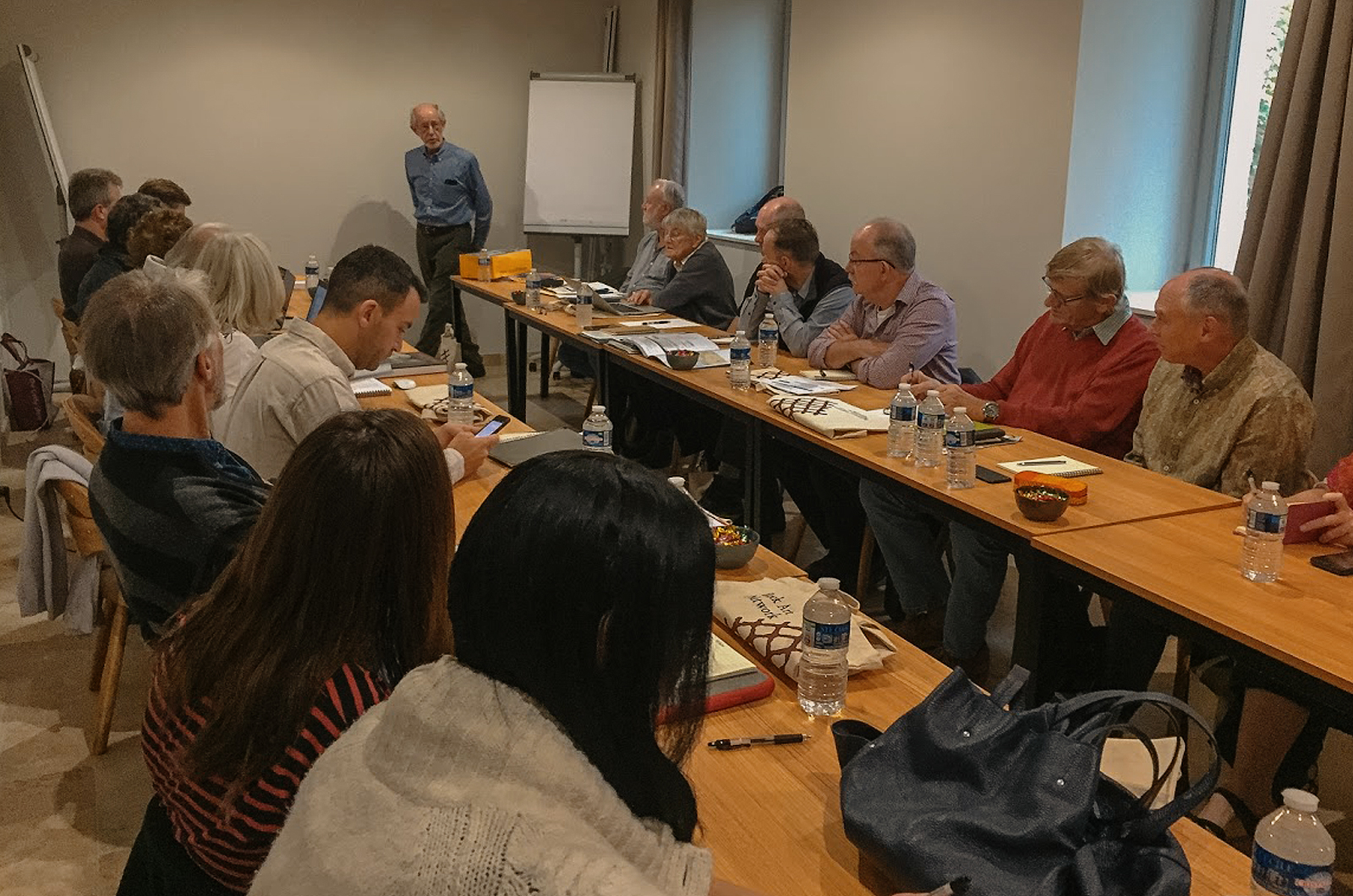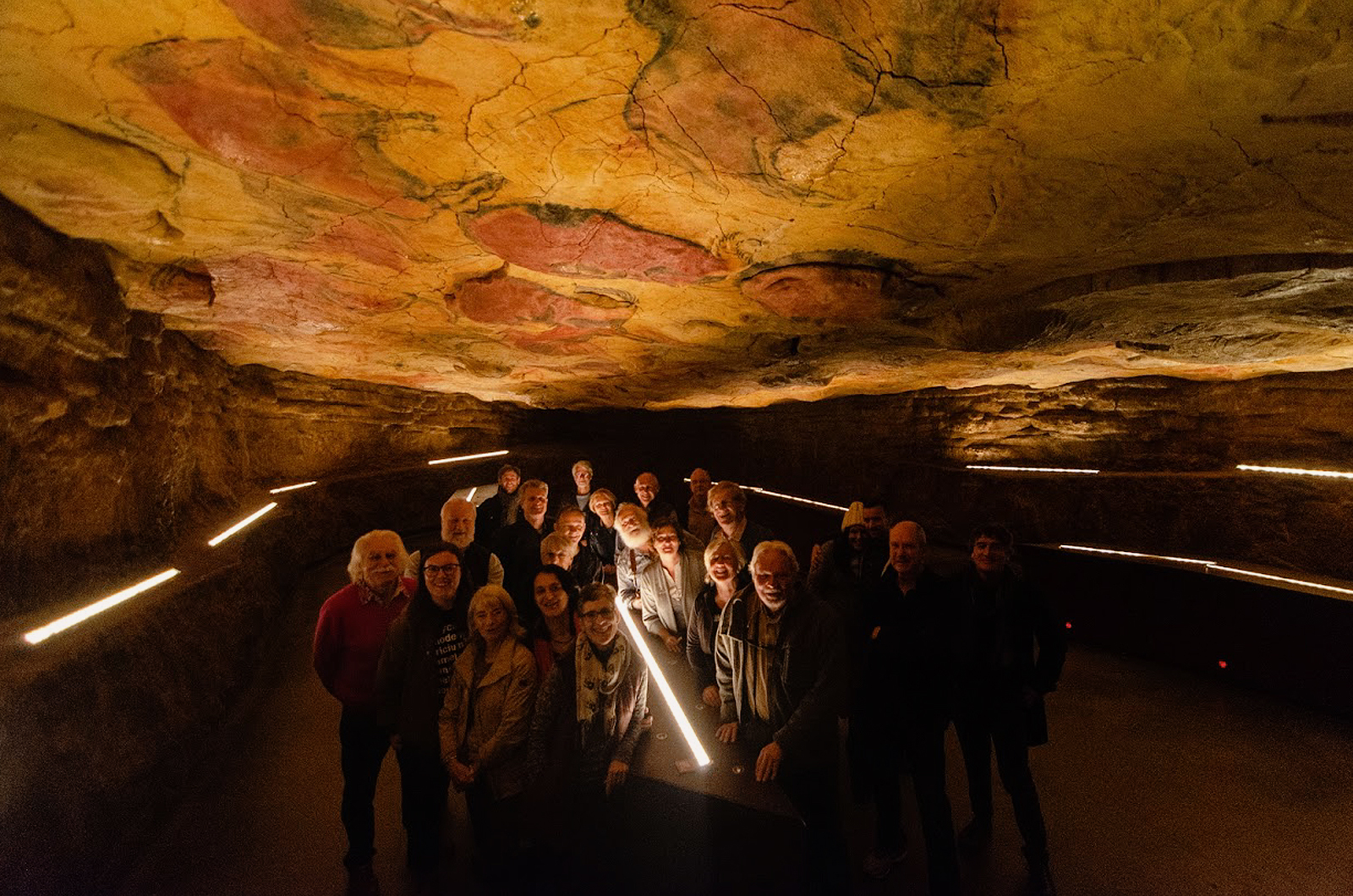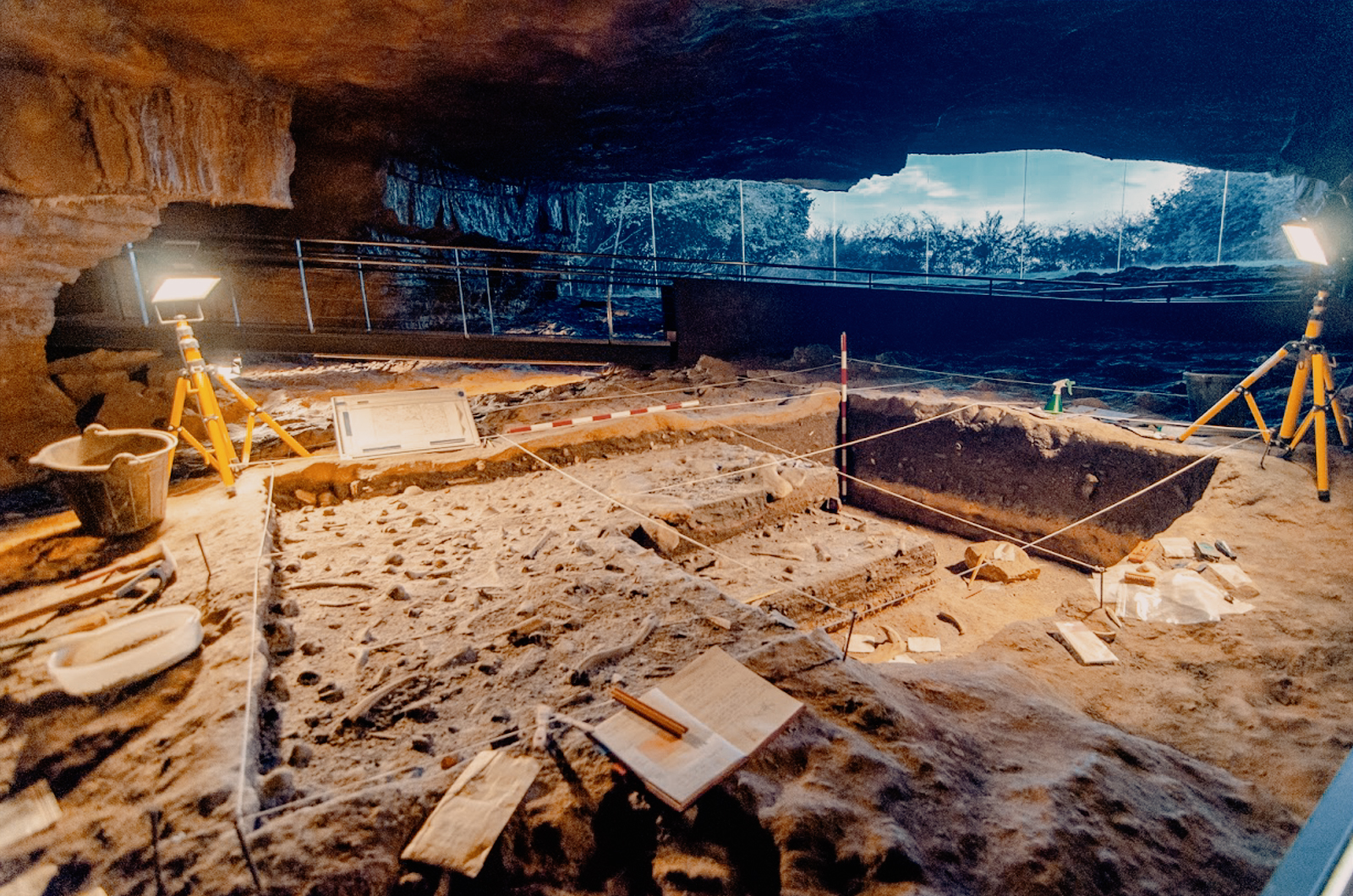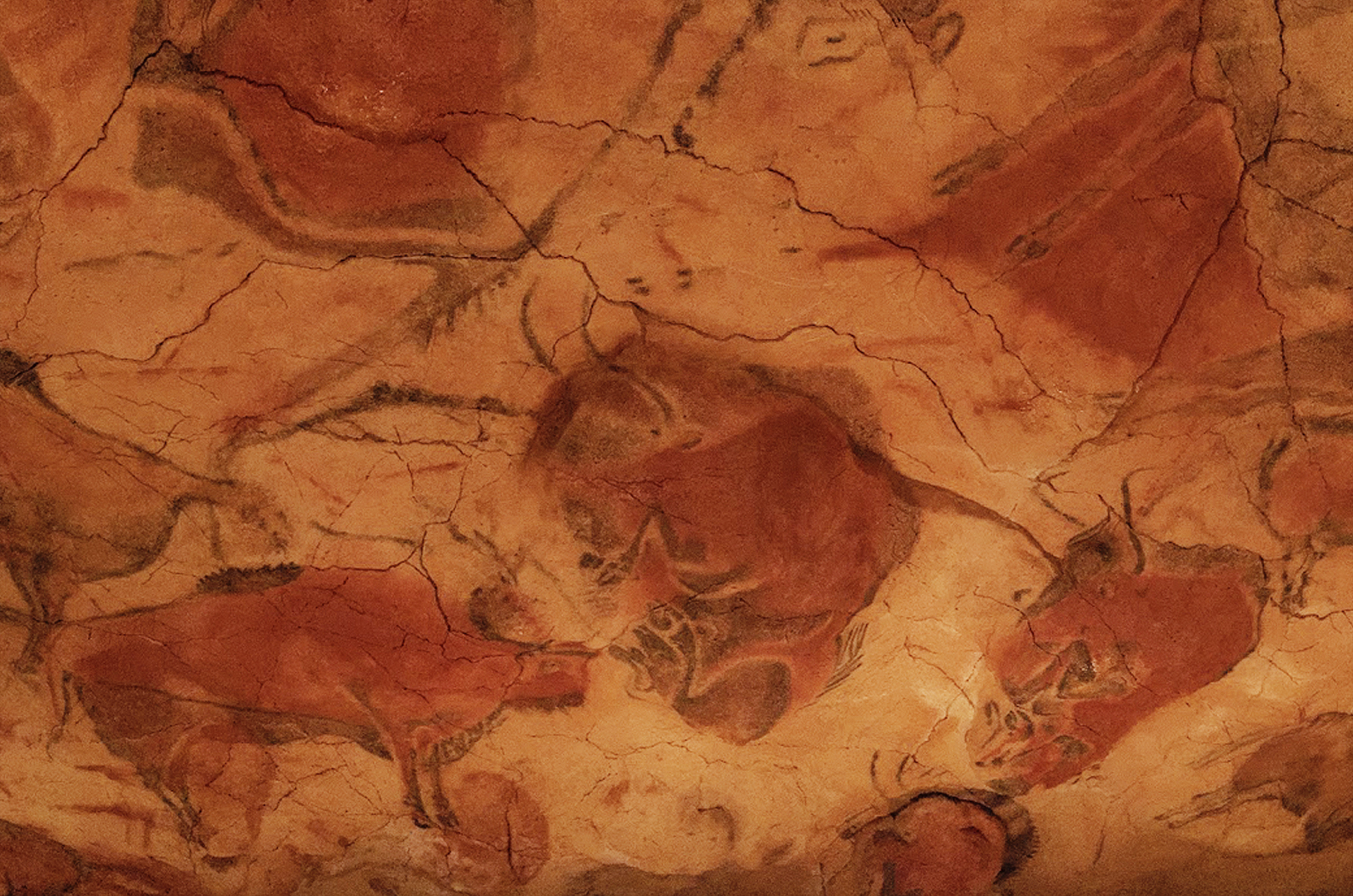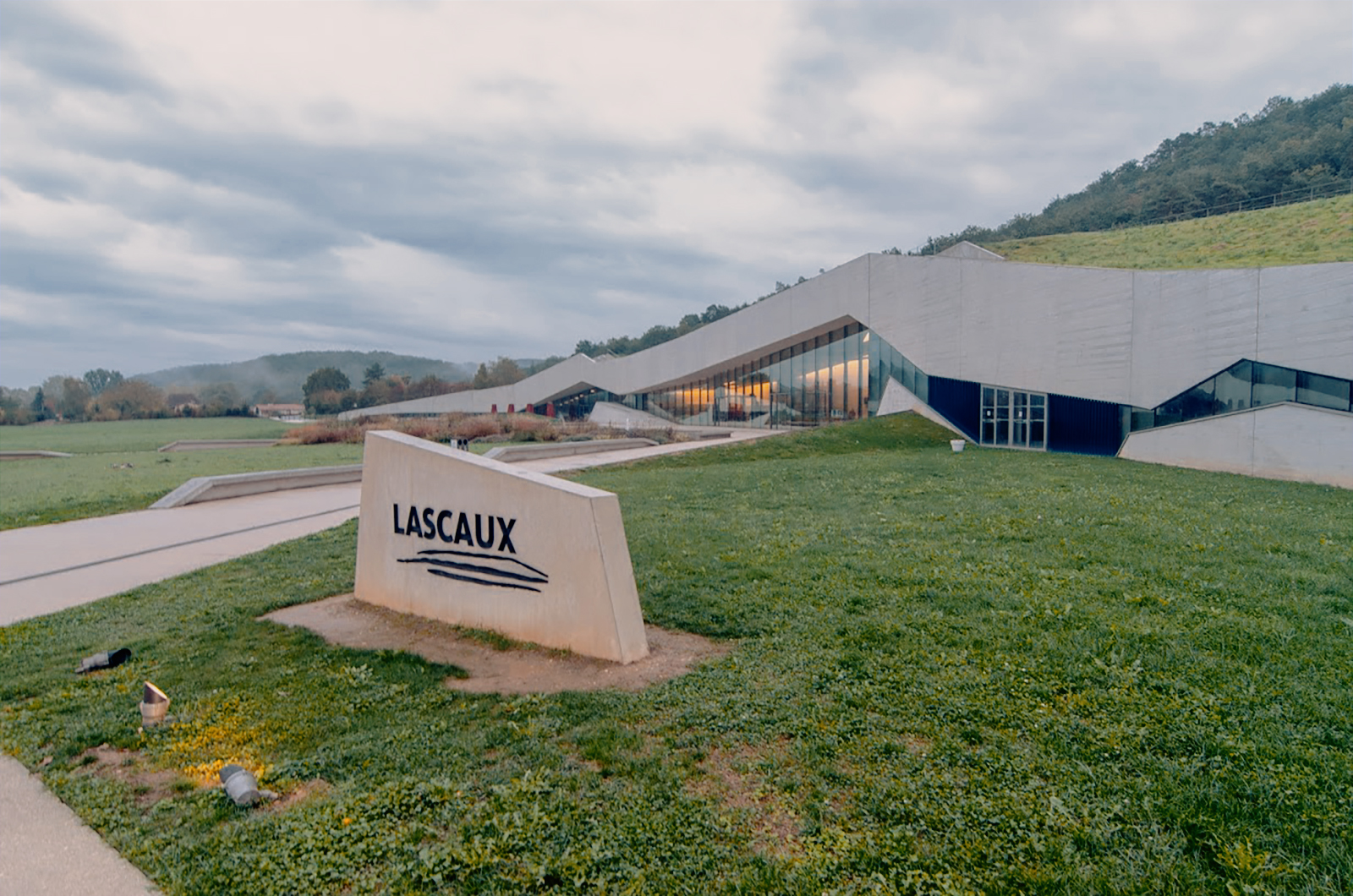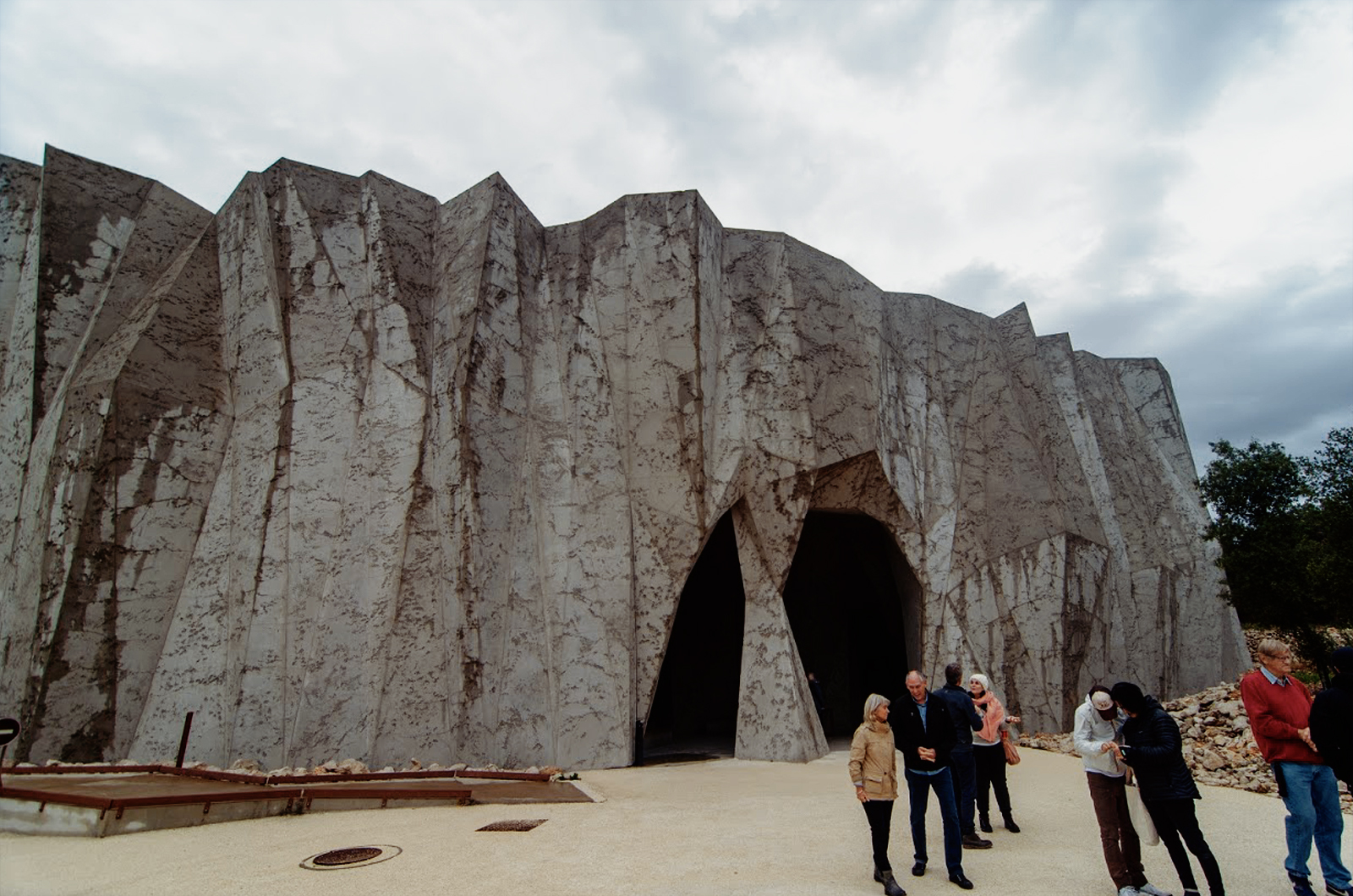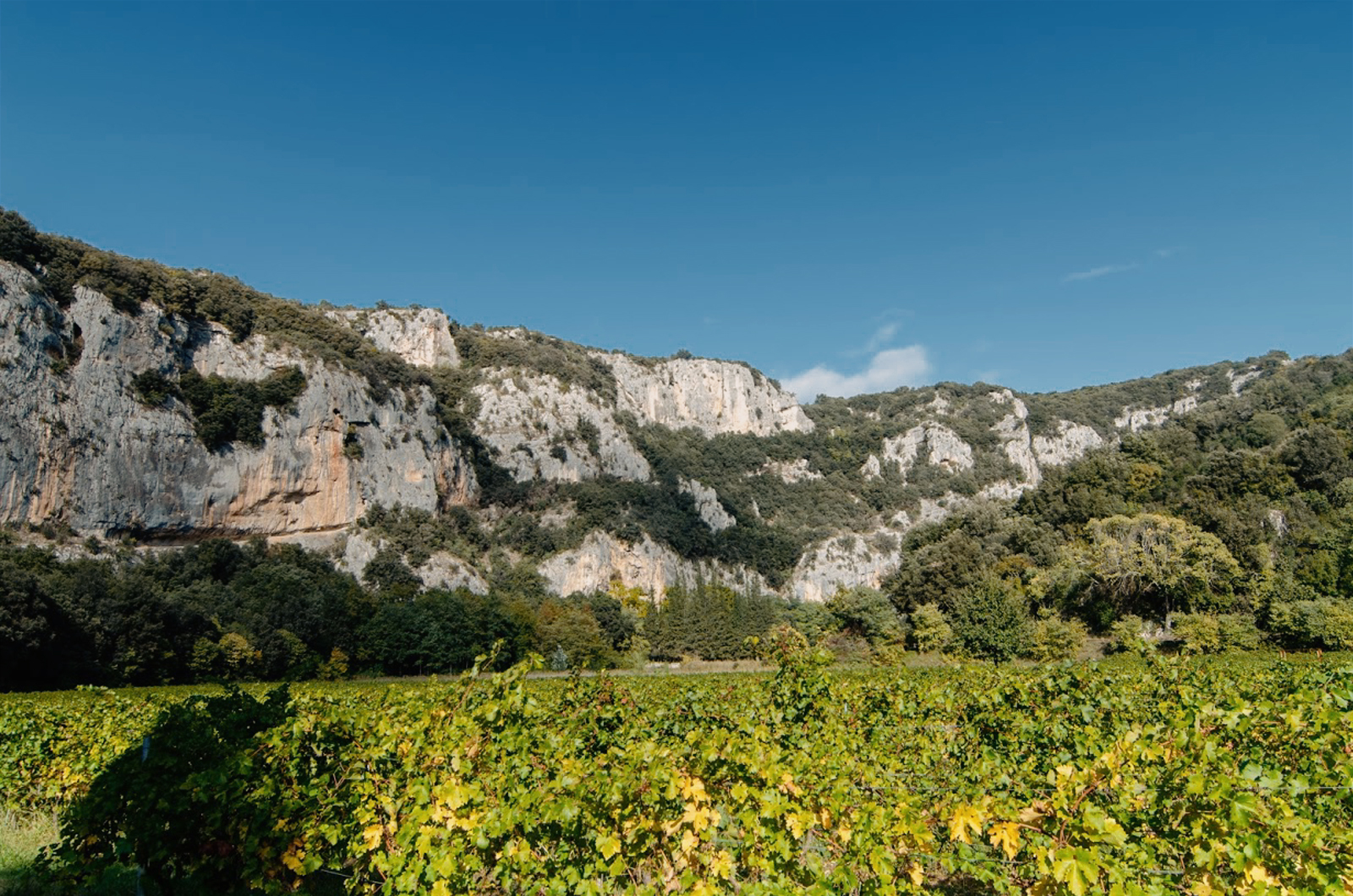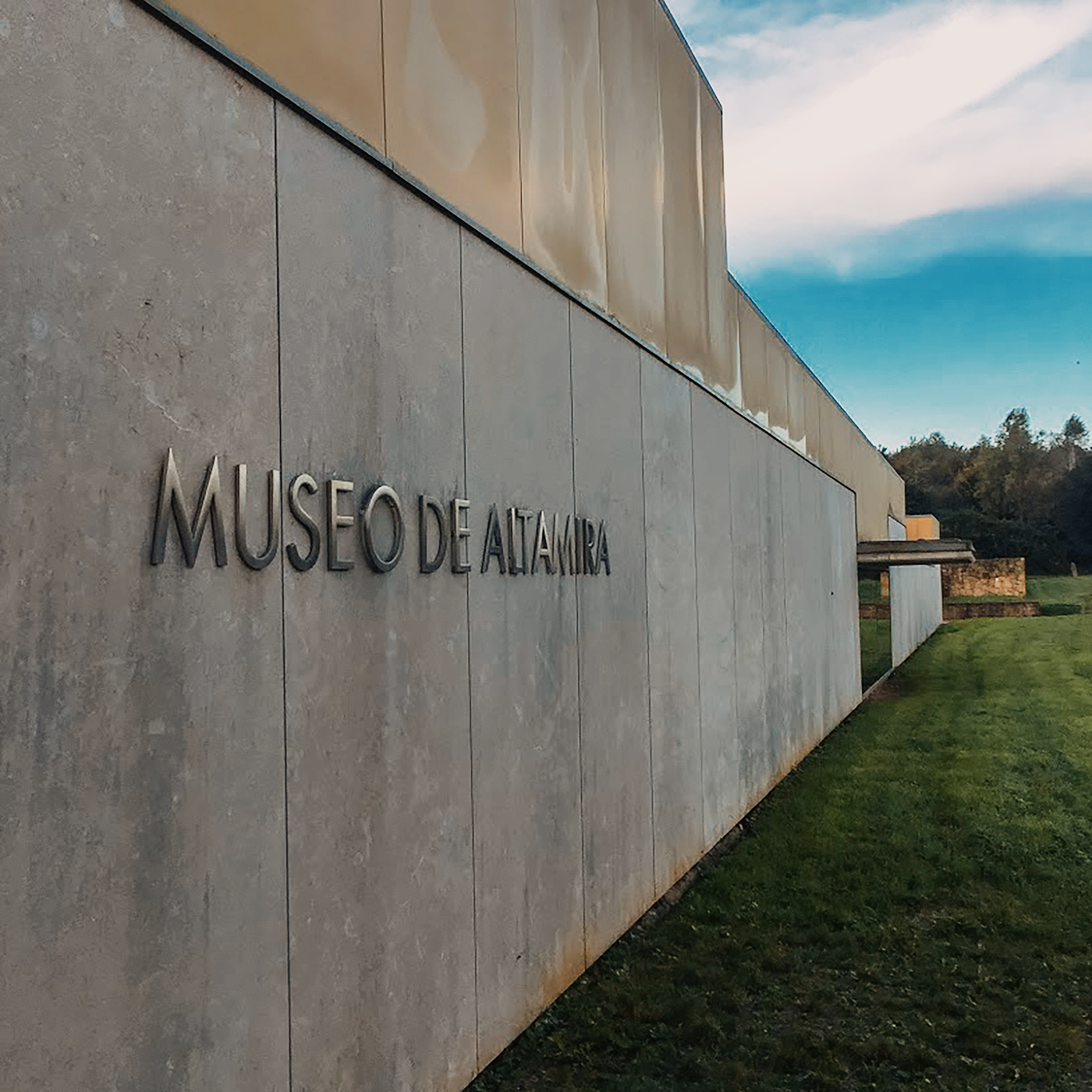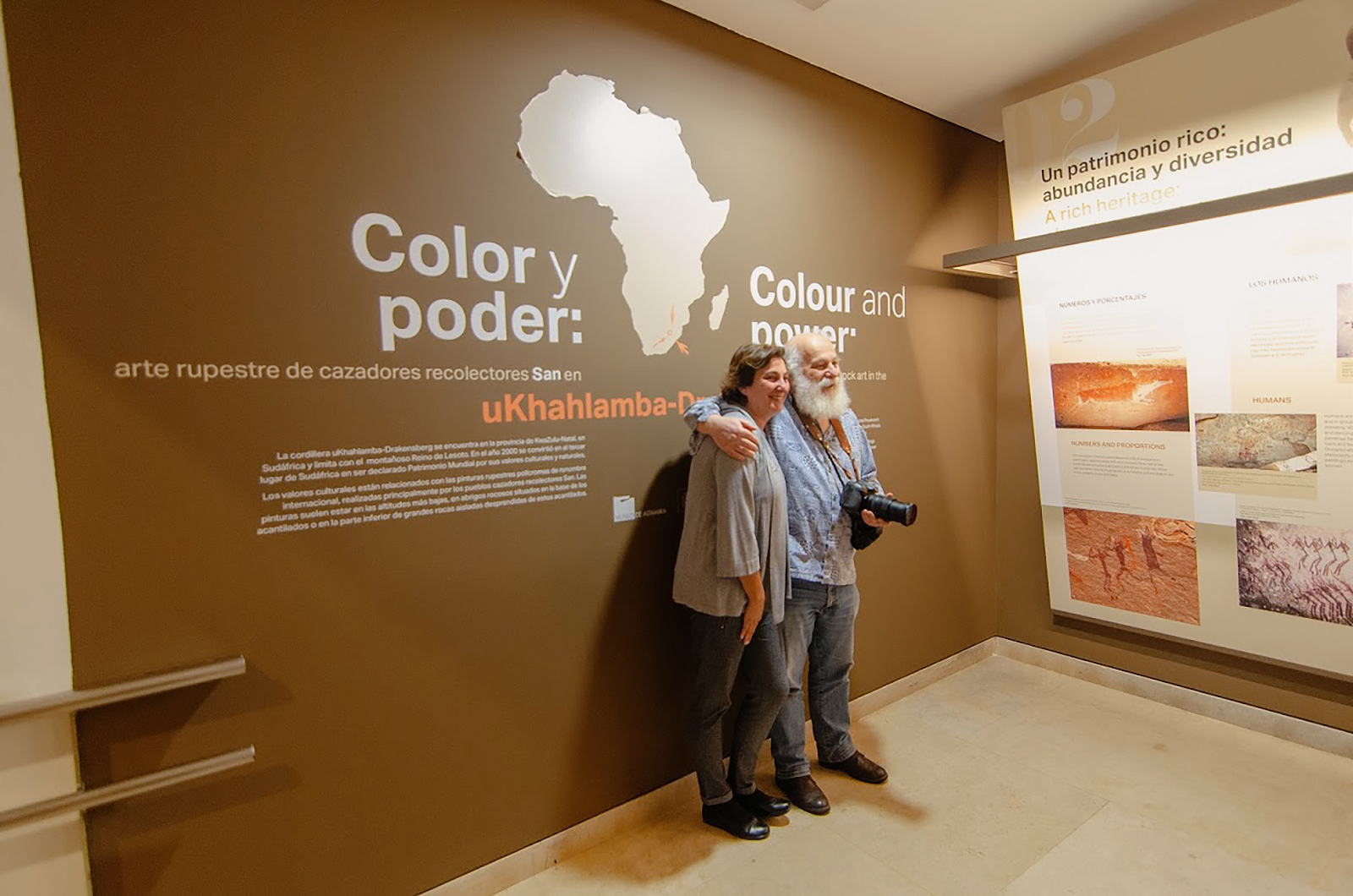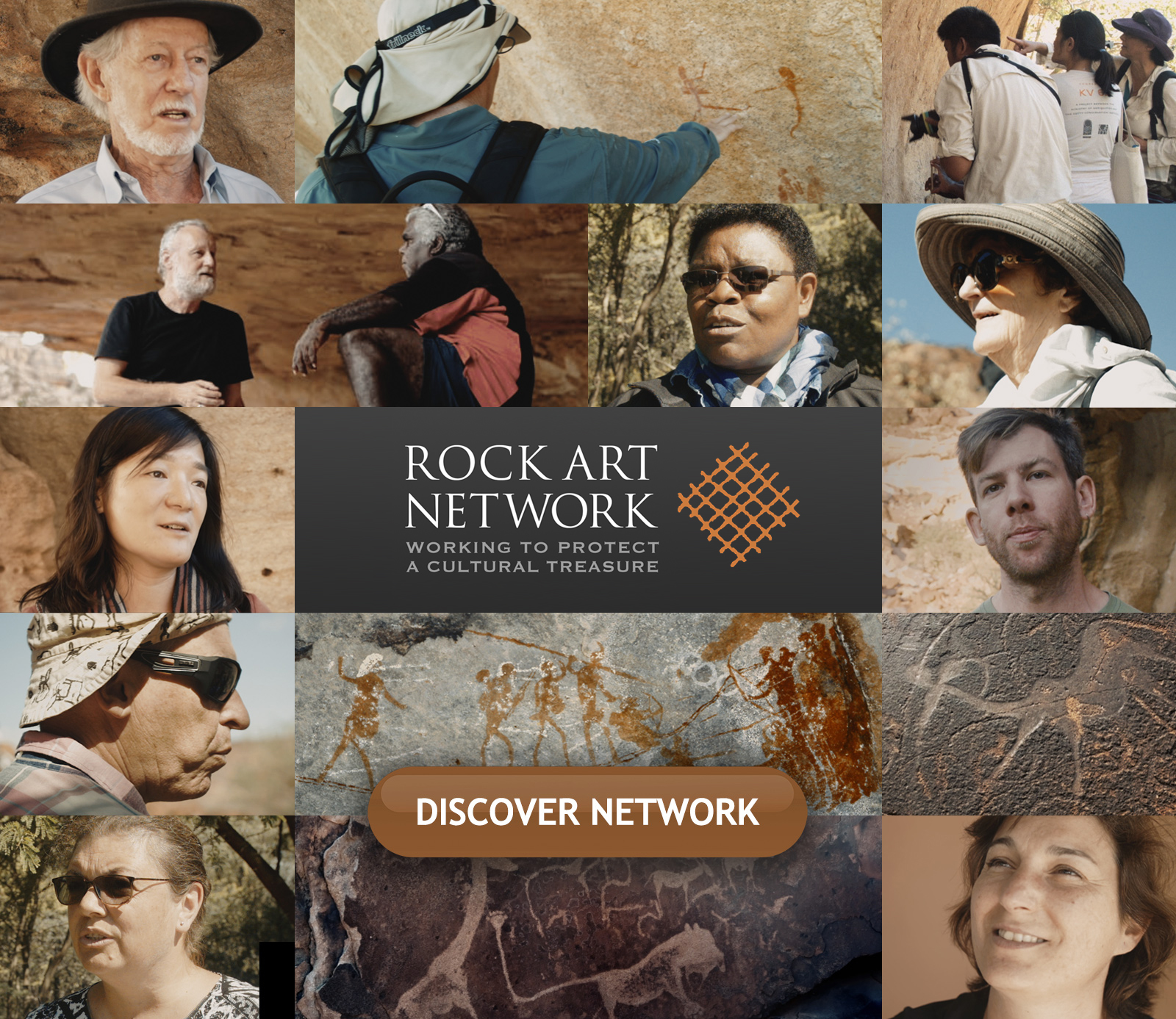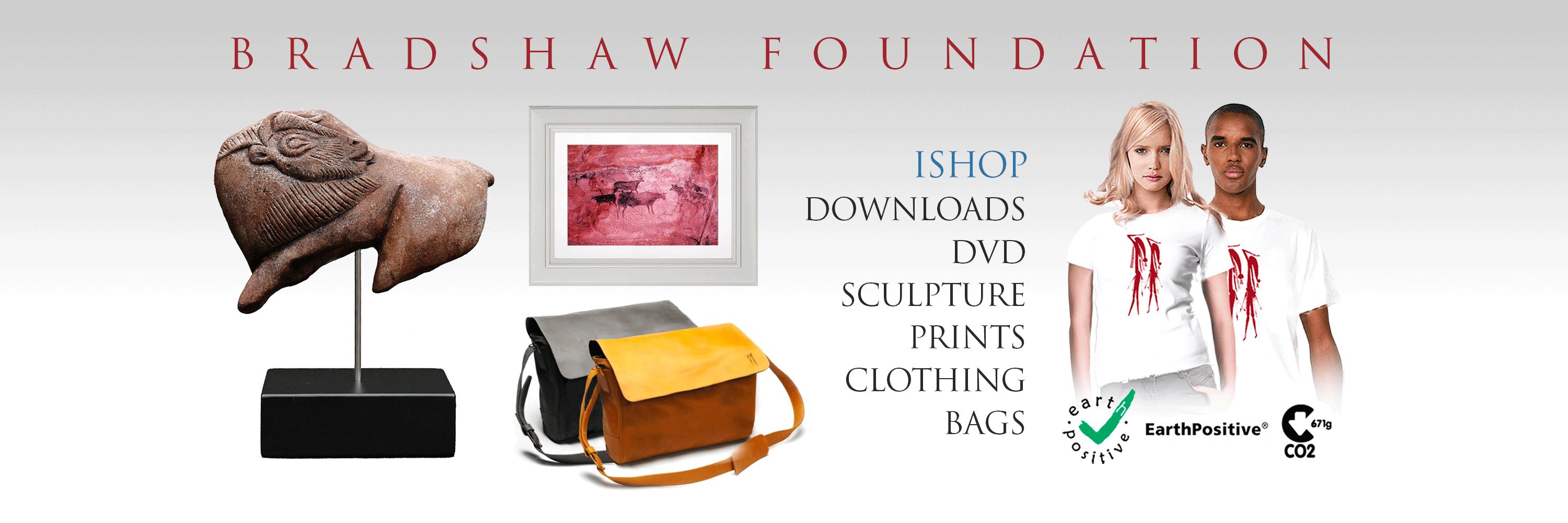
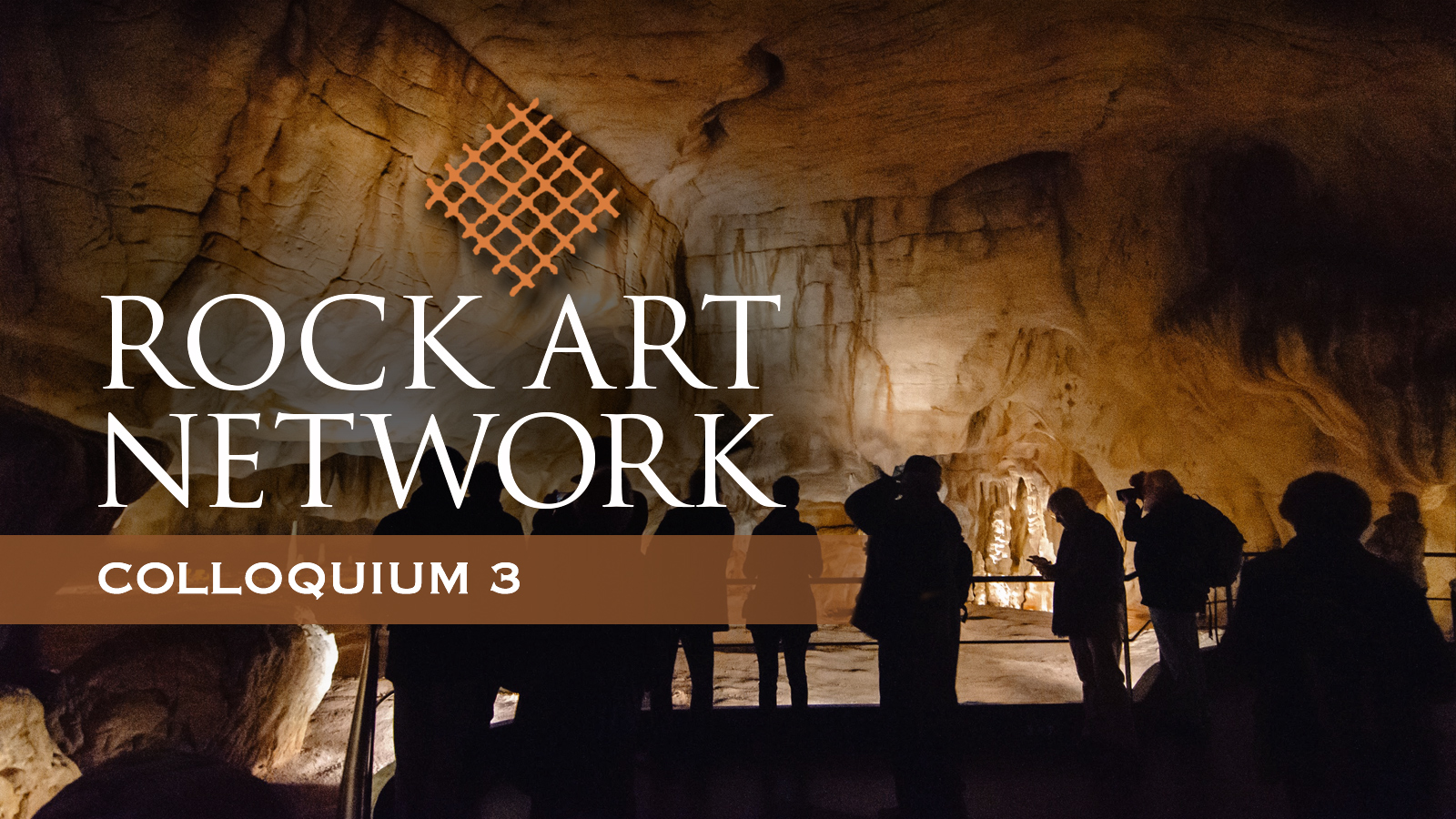
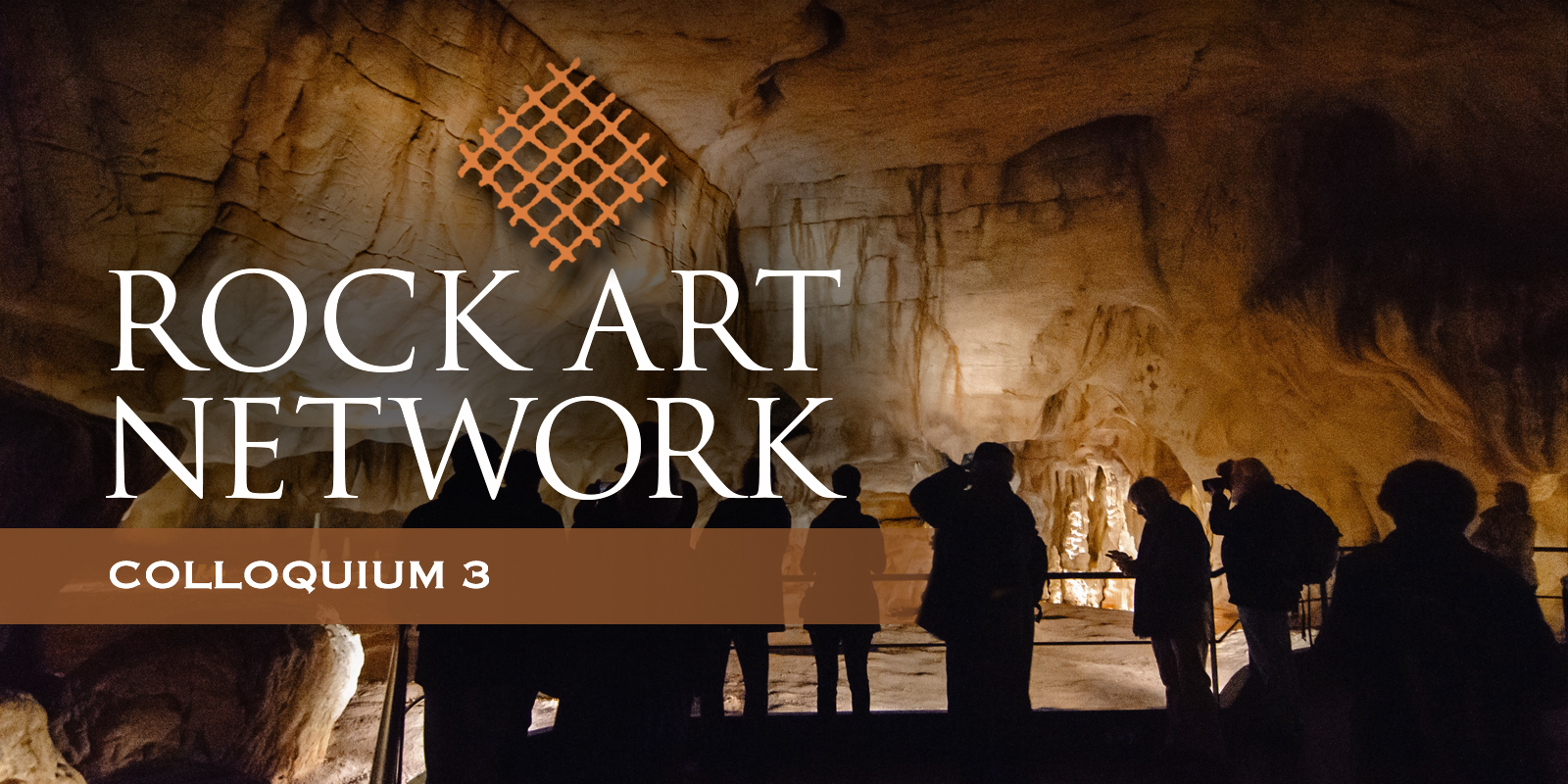
The Rock Art Network group met at Vagnas in the Ardèche, the Auvergne-Rhône-Alpes region of Southeastern France. From here we were able to visit Chauvet 2, the replica of the Chauvet Cave. We were hosted by Jean-Michel Geneste, the former curator of the Lascaux Cave as well as the director of its scientific research program, and director of the multidisciplinary research program of Chauvet 2.
Chauvet 2 has been divided into 4 sections:
- 1. Hillaire Chamber, panel of the Horses
- 2. Candle Gallery
- 3. Cactus Gallery
- 4. End Chamber, panel of the Lions
After Chauvet 2 the Rock Art Network group was given permission to hike up to the entrance of Chauvet itself. Leaving the vineyards on the floodplain, a small rocky path leads steeply up through the woods before emerging on a wide and natural ledge in the cliff. The path resumes its wooded coarse before finally arriving at the well-secured entrance of the cave. Here Jean-Michel Geneste and Jean-Jaques Delannoy [Geomorphologist, member of the scientific team and director of EDYTEM interdisciplinary laboratory] presented various explanations of Chauvet in its natural geomorphological setting over time. Having spent the morning inside Chauvet 2, the natural and cultural wonders behind the steel door seemed much more comprehensible.
Moving from the Ardèche we travelled to Les Eyzies-de-Tayac-Sireuil in the Dordogne. From here the Rock Art Network group visited the decorated caves of Font de Gaume, Les Combarelles, Rouffignac, Cougnac and Pech Merle. These caves - all open to the public - are magnificent in their own individual way.
The visitor then moves through a dramatic architectural area which serves as a transitional space before entering the Lascaux Workshop with sections of the cave exhibited in 3D at a 1:1 scale. Here visitors can deepen their knowledge using an interactive "companion" - a kind of iPhone specifically designed for the site. Ultimately, a visit into Lascaux 4 combines emotion and knowledge.
Onwards into northern Spain's Cantabria with a dramatic change in scenery. First stop is the Ekainberri Museum, the replica located 600 m from the cave of Ekain which houses paintings and engravings created some 14,000 ago, and given World Heritage status in 2008.
The Museum of Altamira is a splendidly designed building devoted to learning of, enjoying and experiencing the life of those who painted and inhabited the cave of Altamira. The reproduction of the cave - the Neocave - presents Altamira as a Palaeolithic venue, a habitation site and a sanctuary. This meticulous and exact reproduction, made in full scale, reconstructs the cave of Altamira as it was between 22,000 and 13,000 years ago, when it was inhabited by groups of hunter-gatherers. The remains of everyday life of its inhabitants can be found in the museum's exhibition area, where there are large collections of fauna, shells, charcoals, and utensils made out of flint stone, antler and bone, as well as the remains of pigments and objects of furniture that provide information about their way of life.
'Color and power: rock art of San hunter gatherers in Ukhahlamba-Drakensberg'. The visit coincided with the new exhibition at the Museum of Altamira, displaying images of the cave paintings of Ukhahlamba-Drakensberg - which has the greatest concentration of this type of art - as well as objects of the San material culture. The exhibition is the result of collaboration between 2 members of the Rock Art Network, our host Pilar Fatás and Aron Mazel, archaeologist and researcher at the University of Newcastle in Britain.
Our final cave visits included El Castillo and Las Monedas, both housing exceptional examples of cave art. Indeed, the 10 Cantabria caves comprise a World Heritage Site declared by UNESCO; Altamira, Chufín, Hornos de la Peña, Las Monedas, El Castillo, Las Chimeneas, La Pasiega, El Pendo, La Garma and Covalanas.
→ San rock art exhibition at the National Museum & Research Center of Altamira
17 September 2019
by Aron Mazel
→ Altamira and the New Technology for Public Access
30 April 2017
by Pilar Fatás
→ From the Chauvet Cave to the Caverne du Pont d’Arc: Methods and Strategies for a Replica to Preserve the Heritage of a Decorated Cave That Cannot Be Made Accessible to the Public
29 April 2017
by Jean-Michel Geneste
→ Photographs by Noel Hidalgo Tan
→ More about The Cave of Altamira
→ More about The Cave of Chauvet
→ More about The Cave of Lascaux
→ Members and affiliated institutions of the Rock Art Network
by
George Nash
5/09/2024 Recent Articles
→ Sigubudu: Paintings of people with guns in the northern uKhahlamba-Drakensberg
by Aron Mazel
22/07/2024
by Richard Kuba
13/06/2024
by Meenakshi Dubey-Pathak
8/03/2024
by Rock Art Network
6/02/2024
by Rock Art Network
14/12/2023
by Sam Challis
5/12/2023
by Aron Mazel
30/11/2023
by Sam Challis
21/11/2023
by Sam Challis
15/11/2023
by Sam Challis
10/11/2023
by Rock Art Network
6/11/2023
by Rock Art Network
3/11/2023
by Aron Mazel
2/11/2023
by Meenakshi Dubey-Pathak
26/09/2023
by Paul Taçon
24/08/2023
by Aron Mazel
13/06/2023
by Paul Taçon
5/06/2023
by Paul Taçon
15/03/2023
by George Nash
14/03/2023
by Noel Hidalgo Tan
10/02/2023
by George Nash
01/02/2023
by Meenakshi Dubey-Pathak, Pilar Fatás Monforte
29/11/2022
by Aron Mazel, George Nash
21/09/2022
by Paul S.C. Taçon, Sally K. May, Ursula K. Frederick, Jo McDonald
07/07/2022
by Meenakshi Dubey-Pathak
26/07/2022
by Paul Taçon
20/07/2022
by David Coulson
16 June 2022
by Paul Taçon
25 April 2022
by Noel Hidalgo Tan
20 April 2022
by Meenakshi Dubey-Pathak
14 March 2022
by Carolyn Boyd & Pilar Fatás
02 March 2022
by David Coulson
07 February 2022
by Johannes H. N. Loubser
06 February 2022
by Meenakshi Dubey-Pathak
05 February 2022
by Aron Mazel
28 January 2022
by Aron Mazel
8 September 2021
by David Coulson
17 August 2021
by Ffion Reynolds
21 June 2021
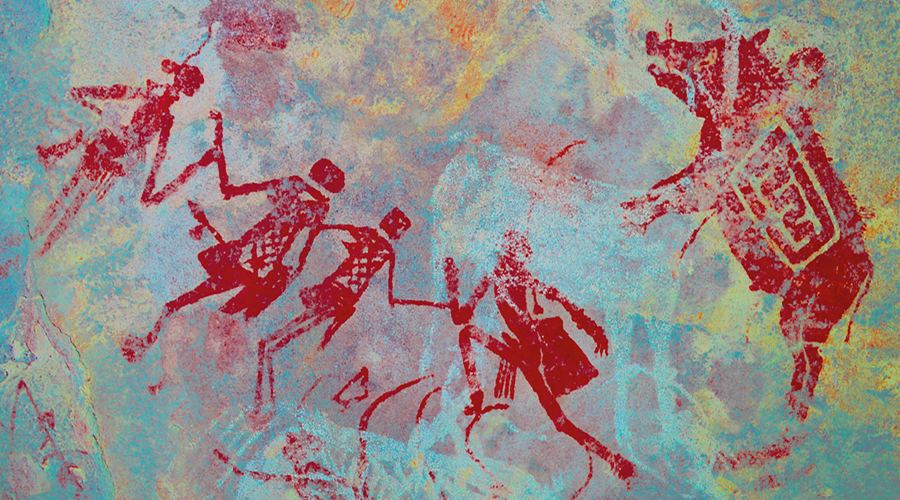
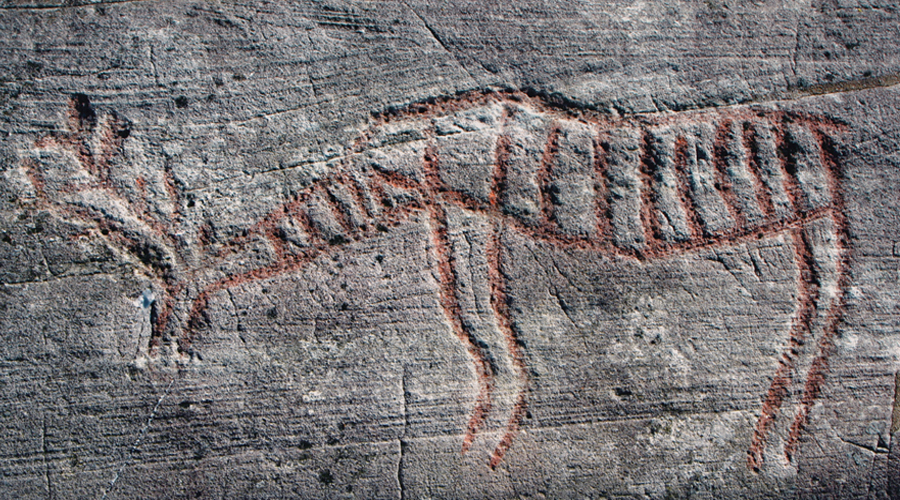
by Aron Mazel
22/07/2024
by Richard Kuba
13/06/2024
by Meenakshi Dubey-Pathak
8/03/2024
by Rock Art Network
6/02/2024
by Rock Art Network
14/12/2023
by Sam Challis
5/12/2023
by Aron Mazel
30/11/2023
by Sam Challis
21/11/2023
by Sam Challis
15/11/2023
by Sam Challis
10/11/2023
by Rock Art Network
6/11/2023
by Rock Art Network
3/11/2023
by Aron Mazel
2/11/2023
by Meenakshi Dubey-Pathak
26/09/2023
by Paul Taçon
24/08/2023
by Aron Mazel
13/06/2023
by Paul Taçon
5/06/2023
by Paul Taçon
15/03/2023
by George Nash
14/03/2023
by Noel Hidalgo Tan
10/02/2023
by George Nash
01/02/2023
by Meenakshi Dubey-Pathak, Pilar Fatás Monforte
29/11/2022
by Aron Mazel, George Nash
21/09/2022
by Paul S.C. Taçon, Sally K. May, Ursula K. Frederick, Jo McDonald
07/07/2022
by Meenakshi Dubey-Pathak
26/07/2022
by Paul Taçon
20/07/2022
by David Coulson
16 June 2022
by Paul Taçon
25 April 2022
by Noel Hidalgo Tan
20 April 2022
by Meenakshi Dubey-Pathak
14 March 2022
by Carolyn Boyd & Pilar Fatás
02 March 2022
by David Coulson
07 February 2022
by Johannes H. N. Loubser
06 February 2022
by Meenakshi Dubey-Pathak
05 February 2022
by Aron Mazel
28 January 2022
by Aron Mazel
8 September 2021
by David Coulson
17 August 2021
by Ffion Reynolds
21 June 2021
Friend of the Foundation


by Aron Mazel
22/07/2024
by Richard Kuba
13/06/2024
by Meenakshi Dubey-Pathak
8/03/2024
by Rock Art Network
6/02/2024
by Rock Art Network
14/12/2023
by Sam Challis
5/12/2023
by Aron Mazel
30/11/2023
by Sam Challis
21/11/2023
by Sam Challis
15/11/2023
by Sam Challis
10/11/2023
by Rock Art Network
6/11/2023
by Rock Art Network
3/11/2023
by Aron Mazel
2/11/2023
by Meenakshi Dubey-Pathak
26/09/2023
by Paul Taçon
24/08/2023
by Aron Mazel
13/06/2023
by Paul Taçon
5/06/2023
by Paul Taçon
15/03/2023
by George Nash
14/03/2023
by Noel Hidalgo Tan
10/02/2023
by George Nash
01/02/2023
by Meenakshi Dubey-Pathak, Pilar Fatás Monforte
29/11/2022
by Aron Mazel, George Nash
21/09/2022
by Paul S.C. Taçon, Sally K. May, Ursula K. Frederick, Jo McDonald
07/07/2022
by Meenakshi Dubey-Pathak
26/07/2022
by Paul Taçon
20/07/2022
by David Coulson
16 June 2022
by Paul Taçon
25 April 2022
by Noel Hidalgo Tan
20 April 2022
by Meenakshi Dubey-Pathak
14 March 2022
by Carolyn Boyd & Pilar Fatás
02 March 2022
by David Coulson
07 February 2022
by Johannes H. N. Loubser
06 February 2022
by Meenakshi Dubey-Pathak
05 February 2022
by Aron Mazel
28 January 2022
by Aron Mazel
8 September 2021
by David Coulson
17 August 2021
by Ffion Reynolds
21 June 2021
Friend of the Foundation
